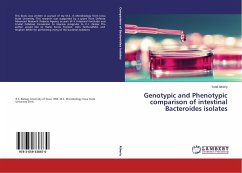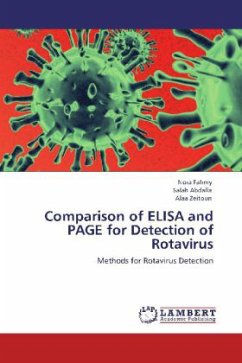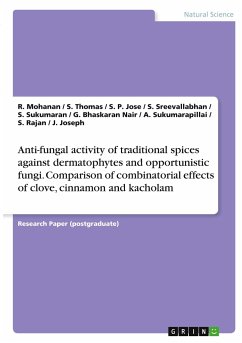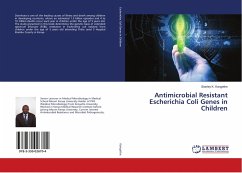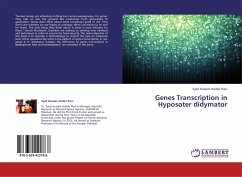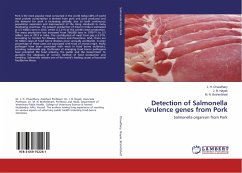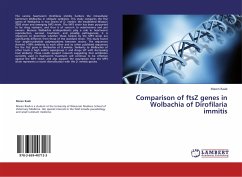
Comparison of ftsZ genes in Wolbachia of Dirofilaria immitis
Versandkostenfrei!
Versandfertig in 6-10 Tagen
27,99 €
inkl. MwSt.

PAYBACK Punkte
14 °P sammeln!
The canine heartworm Dirofilaria immitis harbors the intracellular bacterium Wolbachia in obligate symbiosis. This study compares the ftsZ genes of Wolbachia in two strains of D. immitis: the established Missouri 2005 strain and emerging MP3 strain. The MP3 strain has been purported to be drug resistant, and thus is of concern to veterinarians and pet owners. Because Wolbachia endosymbionts play a role in heartworm reproduction, survival, treatment, and possibly pathogenesis, it is important to determine whether those hosted by the MP3 strain are significantly different from those of the stand...
The canine heartworm Dirofilaria immitis harbors the intracellular bacterium Wolbachia in obligate symbiosis. This study compares the ftsZ genes of Wolbachia in two strains of D. immitis: the established Missouri 2005 strain and emerging MP3 strain. The MP3 strain has been purported to be drug resistant, and thus is of concern to veterinarians and pet owners. Because Wolbachia endosymbionts play a role in heartworm reproduction, survival, treatment, and possibly pathogenesis, it is important to determine whether those hosted by the MP3 strain are significantly different from those of the standard strain. This study found four single-nucleotide polymorphisms between strains. The sequences showed 99% similarity to each other and to other published sequences for the ftsZ gene in Wolbachia of D.immitis. Similarity to Wolbachia of other hosts is high within supergroup C and drops off with decreasing host similarity. These results support research suggesting that antibiotics currently used in heartworm treatment will continue to be effective against the MP3 strain, and also support the assumption that the MP3 strain represents a recent diversification with the D. immitis species.




